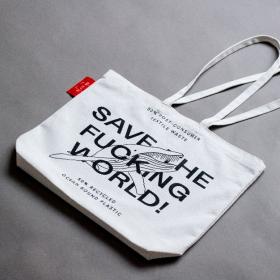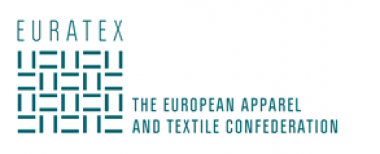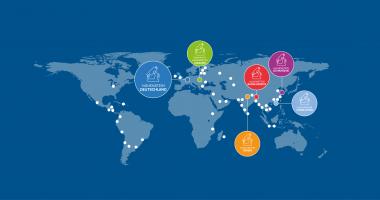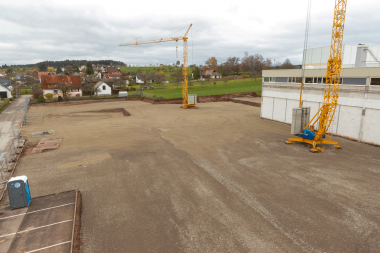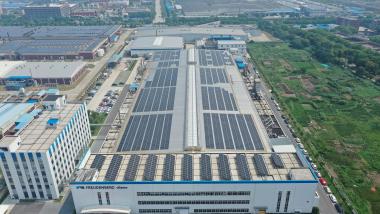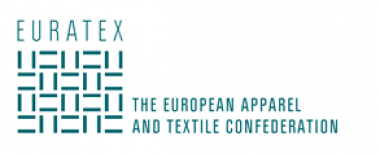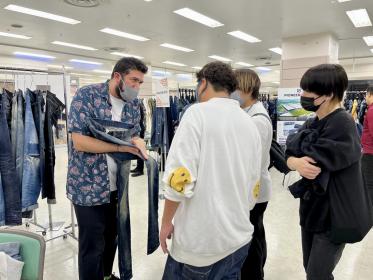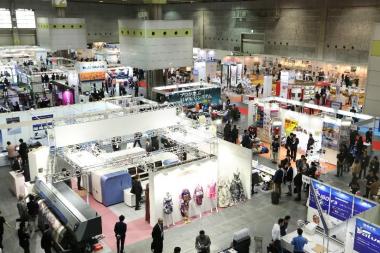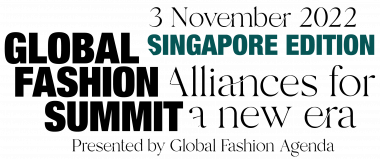adidas Cultivate & B.L.O.O.M. Program elevates Black and Latinx Entrepreneurs
- In Spring 2022, adidas announced its partnership with Impact Hub and Blavity.org to launch a new program called Cultivate & B.L.O.O.M. (Building Legacies Out of Movements), an accelerator program for social entrepreneurs of color.
- Through knowledge sharing and funding, the program cultivates a thriving ecosystem for changemakers to accelerate impact and deliver initiatives at the intersection of sport, equity and creativity for Black and Latinx communities.
In Spring 2022, adidas announced its newest program, Cultivate & B.L.O.O.M., designed to equip entrepreneurs of color with tools and resources to enable them to accelerate growth and maximize impact. As part of adidas’ United Against Racism commitments and celebration of boundary-breaking Black women, Cultivate & B.L.O.O.M. is further closing the opportunity gap that exists for Black and Latinx social entrepreneurs by elevating, co-creating with and funding entrepreneurs creating change in their communities.
Through an intentional selection process, eight Black women social entrepreneurs were identified to participate in the first-ever Cultivate & B.L.O.O.M. cohort. The first cohort kicked off in July 2022 and will graduate in March 2023.
Throughout their nine months in the program, entrepreneurs have access to a tailored portfolio of resources and opportunities from within and outside of the adidas ecosystems that will serve to accelerate their impact. These resources include funding, access to industry experts, mentorship, workshops, fireside chats and visibility into adidas’ networks.
After graduating from the program, participants become a partner in the “Innovation Network”, a network of social impact partners that seek to drive forward change within their communities and organizations. This portfolio of partners will enable adidas to continue strengthening the diversity of our partnership network, increase our reach within key markets and deepen our relationships over time.
adidas AG






